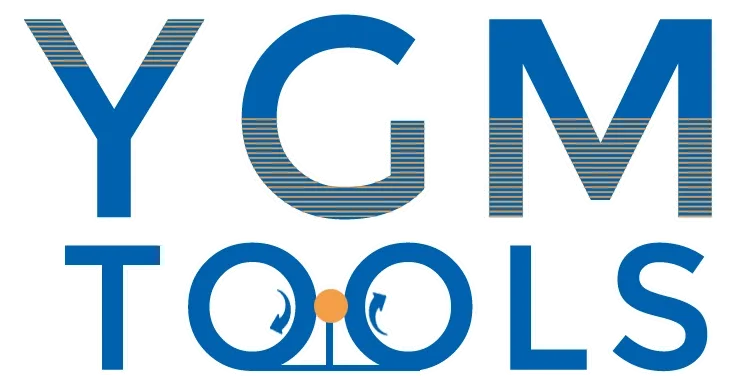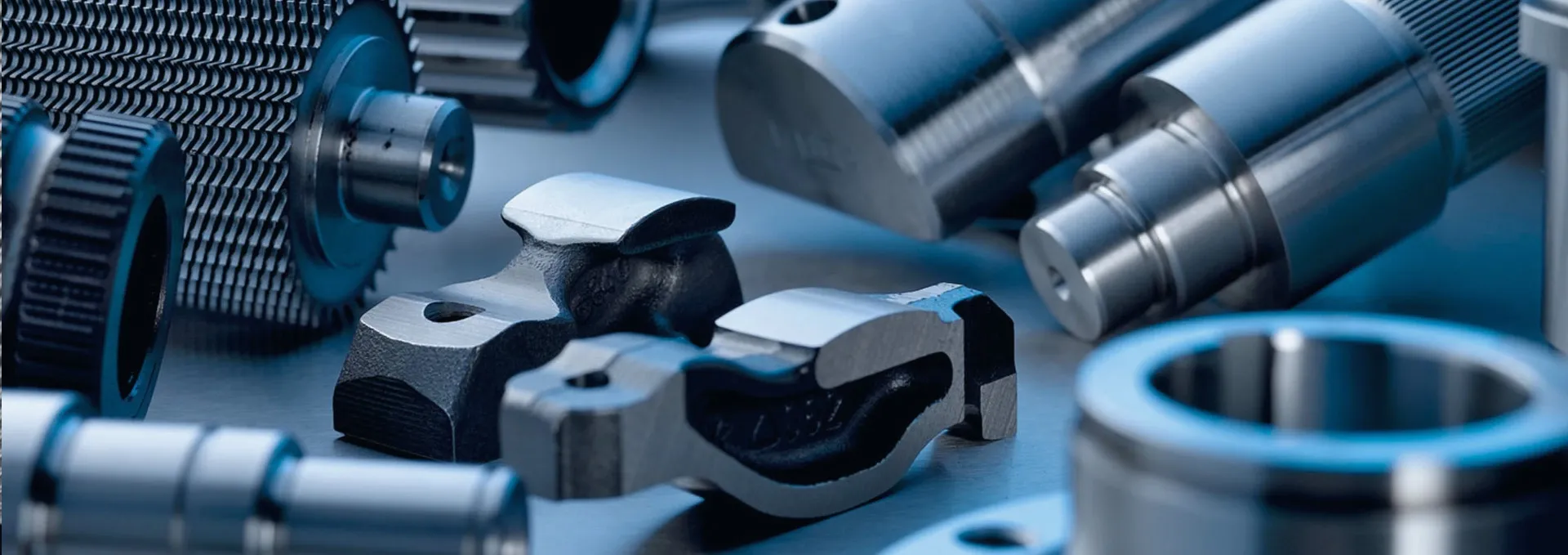
-
 Afrikaans
Afrikaans -
 Albanian
Albanian -
 Amharic
Amharic -
 Arabic
Arabic -
 Armenian
Armenian -
 Azerbaijani
Azerbaijani -
 Basque
Basque -
 Belarusian
Belarusian -
 Bengali
Bengali -
 Bosnian
Bosnian -
 Bulgarian
Bulgarian -
 Catalan
Catalan -
 Cebuano
Cebuano -
 Corsican
Corsican -
 Croatian
Croatian -
 Czech
Czech -
 Danish
Danish -
 Dutch
Dutch -
 English
English -
 Esperanto
Esperanto -
 Estonian
Estonian -
 Finnish
Finnish -
 French
French -
 Frisian
Frisian -
 Galician
Galician -
 Georgian
Georgian -
 German
German -
 Greek
Greek -
 Gujarati
Gujarati -
 Haitian Creole
Haitian Creole -
 hausa
hausa -
 hawaiian
hawaiian -
 Hebrew
Hebrew -
 Hindi
Hindi -
 Miao
Miao -
 Hungarian
Hungarian -
 Icelandic
Icelandic -
 igbo
igbo -
 Indonesian
Indonesian -
 irish
irish -
 Italian
Italian -
 Japanese
Japanese -
 Javanese
Javanese -
 Kannada
Kannada -
 kazakh
kazakh -
 Khmer
Khmer -
 Rwandese
Rwandese -
 Korean
Korean -
 Kurdish
Kurdish -
 Kyrgyz
Kyrgyz -
 Lao
Lao -
 Latin
Latin -
 Latvian
Latvian -
 Lithuanian
Lithuanian -
 Luxembourgish
Luxembourgish -
 Macedonian
Macedonian -
 Malgashi
Malgashi -
 Malay
Malay -
 Malayalam
Malayalam -
 Maltese
Maltese -
 Maori
Maori -
 Marathi
Marathi -
 Mongolian
Mongolian -
 Myanmar
Myanmar -
 Nepali
Nepali -
 Norwegian
Norwegian -
 Norwegian
Norwegian -
 Occitan
Occitan -
 Pashto
Pashto -
 Persian
Persian -
 Polish
Polish -
 Portuguese
Portuguese -
 Punjabi
Punjabi -
 Romanian
Romanian -
 Russian
Russian -
 Samoan
Samoan -
 Scottish Gaelic
Scottish Gaelic -
 Serbian
Serbian -
 Sesotho
Sesotho -
 Shona
Shona -
 Sindhi
Sindhi -
 Sinhala
Sinhala -
 Slovak
Slovak -
 Slovenian
Slovenian -
 Somali
Somali -
 Spanish
Spanish -
 Sundanese
Sundanese -
 Swahili
Swahili -
 Swedish
Swedish -
 Tagalog
Tagalog -
 Tajik
Tajik -
 Tamil
Tamil -
 Tatar
Tatar -
 Telugu
Telugu -
 Thai
Thai -
 Turkish
Turkish -
 Turkmen
Turkmen -
 Ukrainian
Ukrainian -
 Urdu
Urdu -
 Uighur
Uighur -
 Uzbek
Uzbek -
 Vietnamese
Vietnamese -
 Welsh
Welsh -
 Bantu
Bantu -
 Yiddish
Yiddish -
 Yoruba
Yoruba -
 Zulu
Zulu
How to Maintain Thread Rolling Machines
Introduction to Thread Rolling Machines Maintenance
Proper maintenance of thread rolling machines is essential to ensure longevity, precision, and operational efficiency. These machines, including the 3 die thread rolling machine and roll thread machine, require regular care to prevent wear, reduce downtime, and maintain high-quality thread production. Hebei Moto Machinery Trade Co., Ltd, with over 20 years of expertise in manufacturing thread rolling machines, provides industry-leading solutions backed by ISO 9001 certification.

Long-Term Care and Overhaul for Thread Rolling Machines
- Annual professional inspection– Have a certified technician perform a thorough evaluation of the machine’s condition.
• Replace critical wear parts – Dies, bearings, and hydraulic seals should be replaced periodically, even if they appear functional.
• Update software (if applicable) – Modern roll thread machines with digital controls may require firmware updates for optimal performance.
• Check structural integrity – Inspect the machine frame for stress cracks or deformation caused by prolonged use.
• Document performance trends – Keep records of maintenance activities to predict future servicing needs.
Daily Maintenance for Thread Rolling Machines
- Clean the machine– Remove metal shavings, dust, and debris from the rolling dies, feed mechanism, and surrounding areas to prevent buildup and potential jams.
• Check lubrication – Ensure all moving parts, including bearings, gears, and hydraulic systems, are properly lubricated to minimize friction and overheating.
• Inspect safety guards – Verify that all protective covers and emergency stop buttons are functional to maintain a safe working environment.
• Monitor vibration levels – Excessive vibration may indicate misalignment or worn components that need immediate attention.
• Test run before production – Conduct a short test cycle to ensure smooth operation before starting full-scale production.
Weekly Maintenance for 3 Die Thread Rolling Machine
- Examine rolling dies– Inspect for signs of wear, cracks, or damage that could affect thread quality. Replace if necessary.
• Tighten fasteners – Check and secure all bolts, screws, and clamps to prevent loosening during operation.
• Verify hydraulic pressure – Ensure the hydraulic system maintains consistent pressure for optimal performance.
• Clean coolant systems – Remove contaminants from coolant tanks and filters to prevent clogging and overheating.
• Check electrical connections – Loose or frayed wires can lead to malfunctions; ensure all connections are secure.
Monthly Maintenance for Roll Thread Machine
- Deep clean internal components– Disassemble critical parts (if applicable) to remove accumulated debris and inspect for hidden wear.
• Replace worn belts and chains – These components degrade over time and should be replaced to avoid sudden failures.
• Calibrate machine settings – Ensure alignment, pressure, and feed rates are adjusted to manufacturer specifications.
• Inspect motor and drive systems – Look for unusual noises or overheating, which may indicate bearing or motor issues.
• Review maintenance logs – Track past issues and scheduled replacements to stay ahead of potential problems.
Roll Thread Machine FAQS
Q: What are the primary advantages of using a 3 die thread rolling machine over standard thread rolling machines for high-volume production?
A: 3 die thread rolling machines offer superior precision and faster cycle times. Their triangular die arrangement distributes pressure evenly, reducing material stress and extending die life. For high-volume runs, this translates to fewer tool changes, reduced downtime, and consistent thread quality, making them ideal for automotive and aerospace applications. Compared to standard thread rolling machines, the 3 - die design allows for more efficient material deformation and better control over the threading process.
Q: How do thread rolling machines compare to cutting methods in terms of thread strength?
A: Thread rolling machines create stronger threads by displacing material rather than removing it. This process cold - forms the metal, enhancing grain structure and surface hardness. Cut threads, by contrast, sever the grain flow, resulting in weaker threads prone to fatigue. Rolled threads typically exhibit 30 - 50% higher tensile strength and better resistance to wear. The cold - forming process in thread rolling machines aligns the metal's grain structure along the thread profile, which significantly improves mechanical properties.
Q: Can a roll thread machine process both internal and external threads?
A: Yes, with appropriate tooling. External threads are formed using flat or cylindrical dies, while internal threads require special radial or planetary die systems. Modern roll thread machines can switch between configurations, offering versatility for complex components like hydraulic fittings or engine parts. By changing the die setup and adjusting machine parameters, a roll thread machine can handle a wide range of threading requirements for different part geometries.
Q: What maintenance practices extend the lifespan of thread rolling machines?
A: Regular lubrication of moving parts, die cleaning after each use, and routine calibration are critical for thread rolling machines. Inspect dies for wear patterns and replace them before thread quality degrades. Additionally, monitoring hydraulic systems (if applicable) and ensuring proper alignment of components prevents premature failure and maintains accuracy. Consistent maintenance not only extends the life of the thread rolling machine but also ensures that it continues to produce high - quality threads.
Q: How does a 3 die thread rolling machine handle materials with varying ductility?
A: 3 die thread rolling machines adjust pressure and speed dynamically to accommodate materials from aluminum to hardened steel. Advanced models use servo - controlled systems to optimize the rolling process, ensuring consistent thread formation even with challenging alloys. Proper die selection—carbide for hard materials, high - speed steel for softer ones—is also essential for optimal results. The three - die configuration of these machines allows for more balanced force application, which is particularly beneficial when working with materials that have different levels of ductility.
Welcome to Hebei Moto Machinery Trade Co., Ltd.
Nestled in Xingwan Town, Ren County of Xingtai City—Hebei Province’s cradle of machinery manufacturing—Hebei Moto Machinery Trade Co., Ltd. brings over two decades of expertise to global industrial solutions. Specializing in thread rolling machines and diameter reducing machines, our designs blend innovation with competitive pricing, fueled by ISO 9001-certified quality standards. From Southeast Asia to Europe and Africa, our equipment powers industries through precision engineering and reliable performance, backed by collaborations with renowned manufacturers.
Whether optimizing production or expanding your line, our team ensures professional service from selection to after-sales support. Join clients worldwide who trust our legacy of excellence. Visit www.motetools.com to explore how our solutions can drive your market success.
